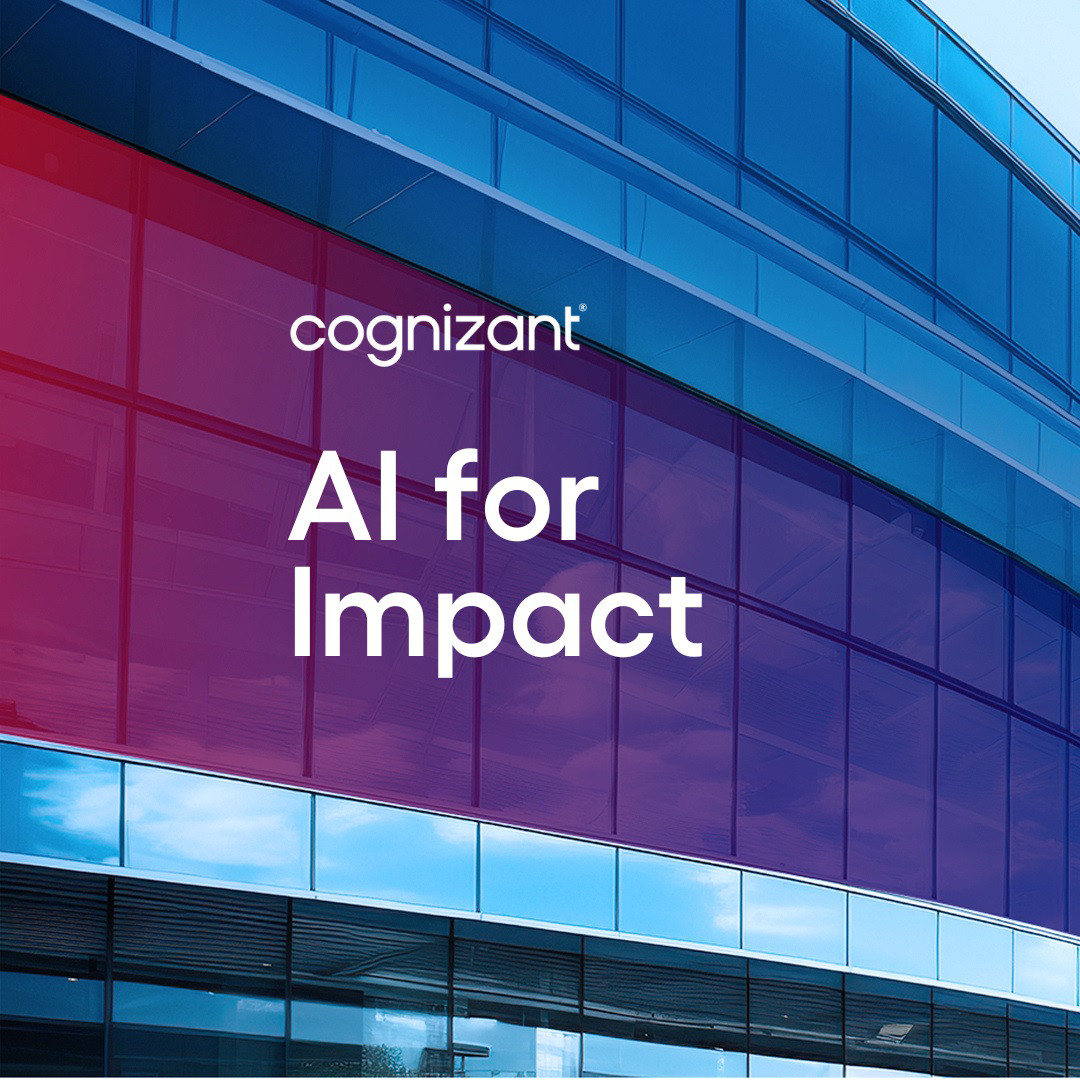The challenge
A U.S.-based utility that serves approximately 1.1 million electric and 790,000 natural gas users needed to upgrade its legacy systems. The company wanted to provide its customers with better energy options and engage them more effectively by catering to their needs and offering them personalized experiences. The utility also wanted to develop a system where data drives optimal business decisions. Along with the use of smart devices, the company realized that analytics plays a major role in gaining deeper customer insights from data. The utility partnered with Cognizant’s utilities digital experts, seeking help in leveraging analytics to improve its data management capabilities and eventually reduce customer defections due to unprecedented competition.












